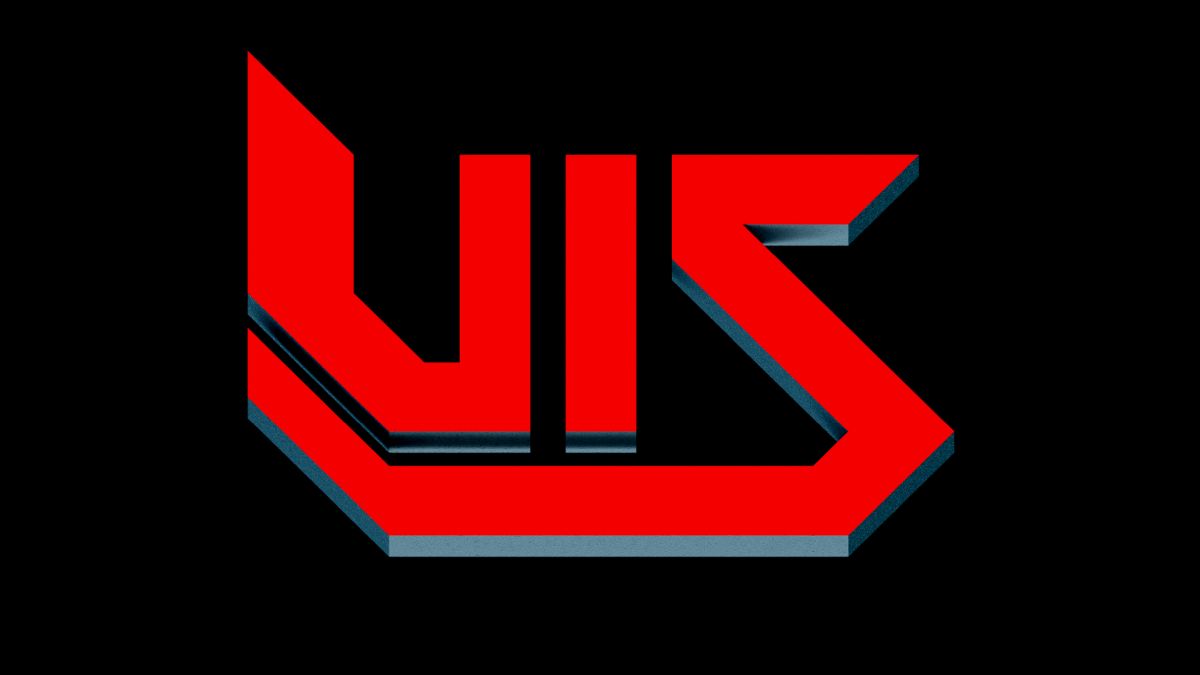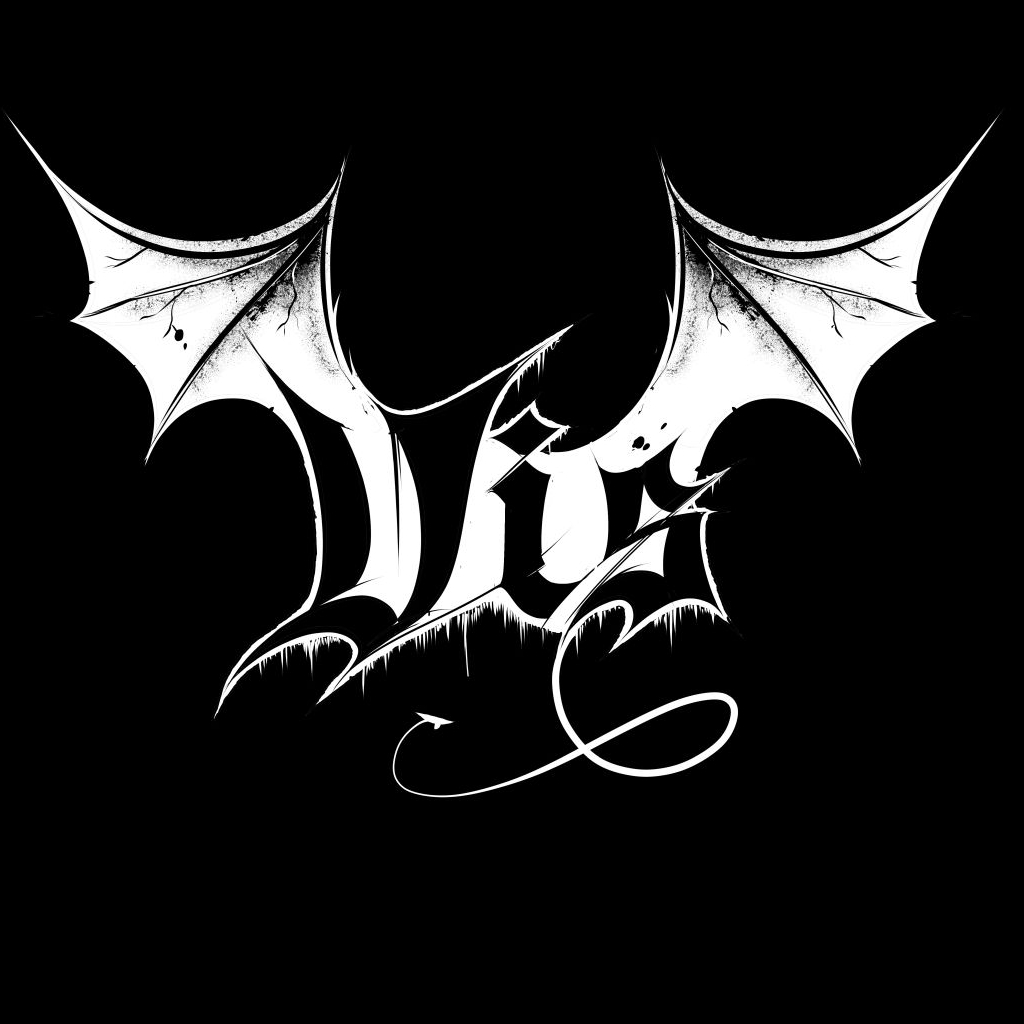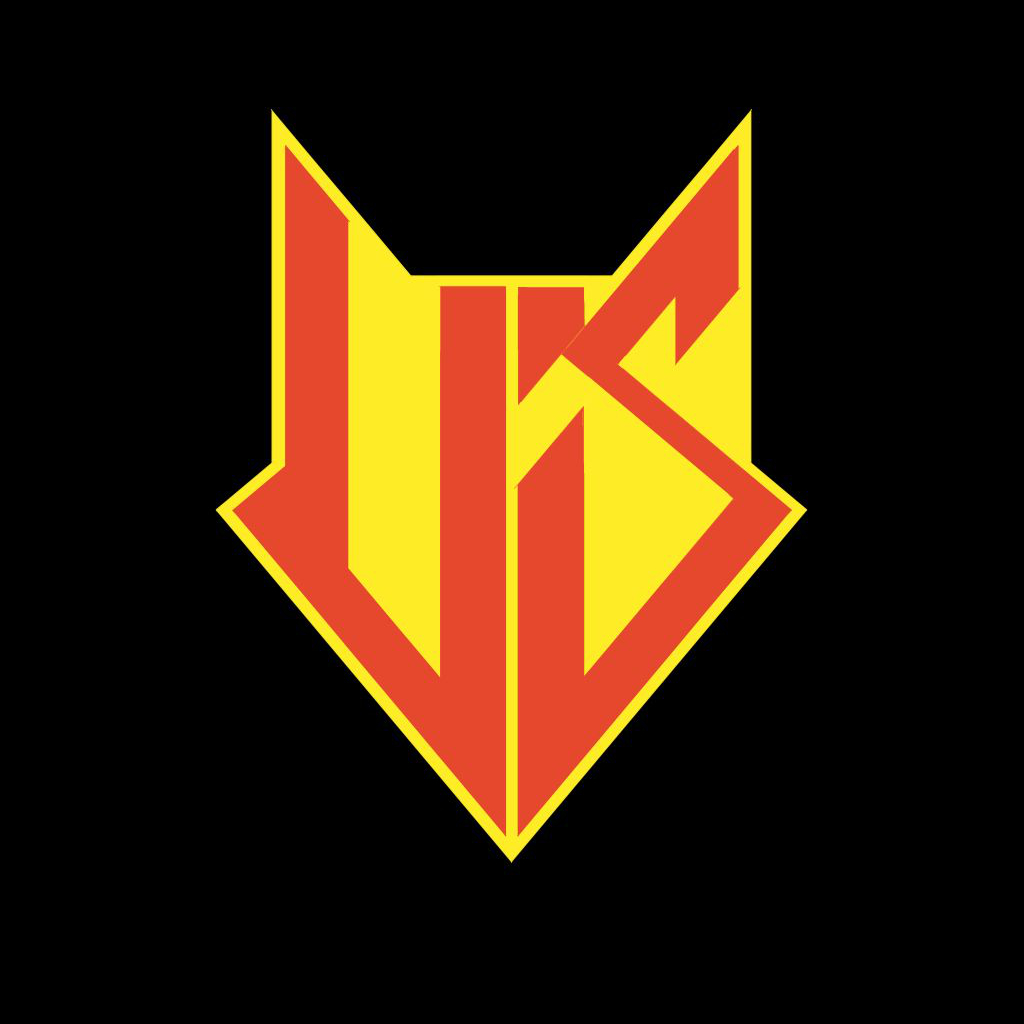Thrash Metal
Abrasive. Loud. Extremely fast yet still precise, with impeccable sense of timing. If judging by these words alone, it may sound like I’m describing a Dutch olympian – a speed skater or a cyclist, perhaps. But we’re talking music, aren’t we? I’m talking Thrash Metal, of course, which means I’m talking yet another extreme subgenre of Heavy Metal.
Oh, and yes, it’s “Thrash,” not “Trash.” Though some bands in this and adjacent genres are absolutely, undeniably, unapolgetically trash. (Thrashcore, anyone?) This is important to note because generally Thrash bands write music that touches the listener’s emotions, and what’s more they sing about “serious political and social issues, allowing [them] to avoid the perceived superficiality found in more commercial metal music.”1
Of course, some Thrash lyrics tend to be much smarter than others. Take Dark Angel’s lyrics, for example: Gene Hoglan, the band’s drummer who wrote them, “used a lot of big SAT words that made you run for the dictionary; a line from [Darkness Descends’s] title track, for example, went, ‘Inimical powers against humankind, this charnel house ensanguined.’“2 His reasoning was simple: “There’s no reason why we can’t show a modicum of intelligence with our lyrics.” Yeah well Gene, try telling that to the German thrashers of Tankard who have been singing about a girl called Cerveza, needing money for beer, and metal lady boys since 1983, with no signs of changing lyrical preoccupations soon. I don’t know why but I have an inkling their next single is called “Need money for a metal prostitute called Corona.” (You heard it here first!)
As a scene, it developed “as a ‘fundamentalist’ reaction against a perceived decadence found in more mainstream metal.”3 This happened simultaneously in different parts of the world, in different countries (Britain, Germany, Latin America, and the US), from where it developed out of different genres (most notably NWOBHM and Punk Hardcore), and this is why there is a variety of styles within the Thrash genre – one that is in large part determined by bands’ locality.
Of course, Thrash Metal has its own aesthetics, too. Generally speaking, Thrash logos tend to have straight, sharp edges that reflect the tightness and controlled nature of the music’s rhythms.4 (You know, tight and controlled … like a murderer carving their name in a victim’s chest.5 Don’t give me that look. How else is one supposed to purify Metal from commercialism?) Indeed, some exceptions aside, there is no softness to be found in them whatsoever – there is only hardness.
Teutonic Thrash Metal
As a genre, Teutonic Thrash Metal has a distinct German character, and a few notable exceptions aside, this is reflected in the kind of logos bands in this genre have. Like 1980s US Thrash logos, Teutonic Thrash logos are extremely angular, with fixed angles, but with less emphasis on symmetry, and the letters are generally more blocky in shape. With this, German Thrashers seem to be saying, “We believe in robustness over sophistication, and function over form.” Which is all fine and dandy until you try to put a cube through a round hole. It’s probably why you’ve never heard of Kreator … while you no doubt own a copy of the “Black” album.

Some Teutonic Thrash bands to check out:
- Destruction
- Kreator
- Sodom
Related (sub)genre(s):
Reference(s):
[1] M.A. Mengerink. Hitler, the Holocaust, and Heavy Metal Music: Holocaust Memory and Representation in the Heavy Metal Subculture, 1980-Present. In S.T. Horsfall, J.-M. Meij, and M. Probtsfield, ed. Music Sociology: Examining the Role of Music in Social Life, pp. 178-179, 2013.
[2] D. Konow. LA Weekly: Drummer Gene Hohlan Was Just 18 When He Recorded an ’80s Thrash Classic. https://www.laweekly.com/drummer-gene-hoglan-was-just-18-when-he-recorded-an-80s-thrash-classic/, 2017.
[3] Mengerink. 2013.
[4] L. Stinson. Wired: The Beauty and Total Illegibility of Extreme Metal Logos. https://www.wired.com/2015/10/the-beauty-and-total-illegibility-of-extreme-metal-logos, 2015.
[5] D. Lombardo. Loudwire: Dave Lombardo - Wikipedia: Fact or Fiction? https://www.youtube.com/watch?v=LKppPspVNDs, 2015.
Take me back to the sample overview.

